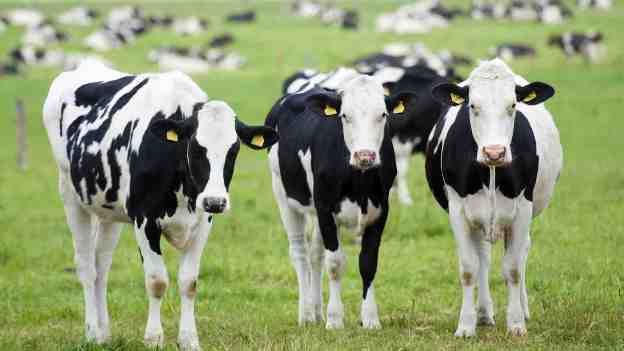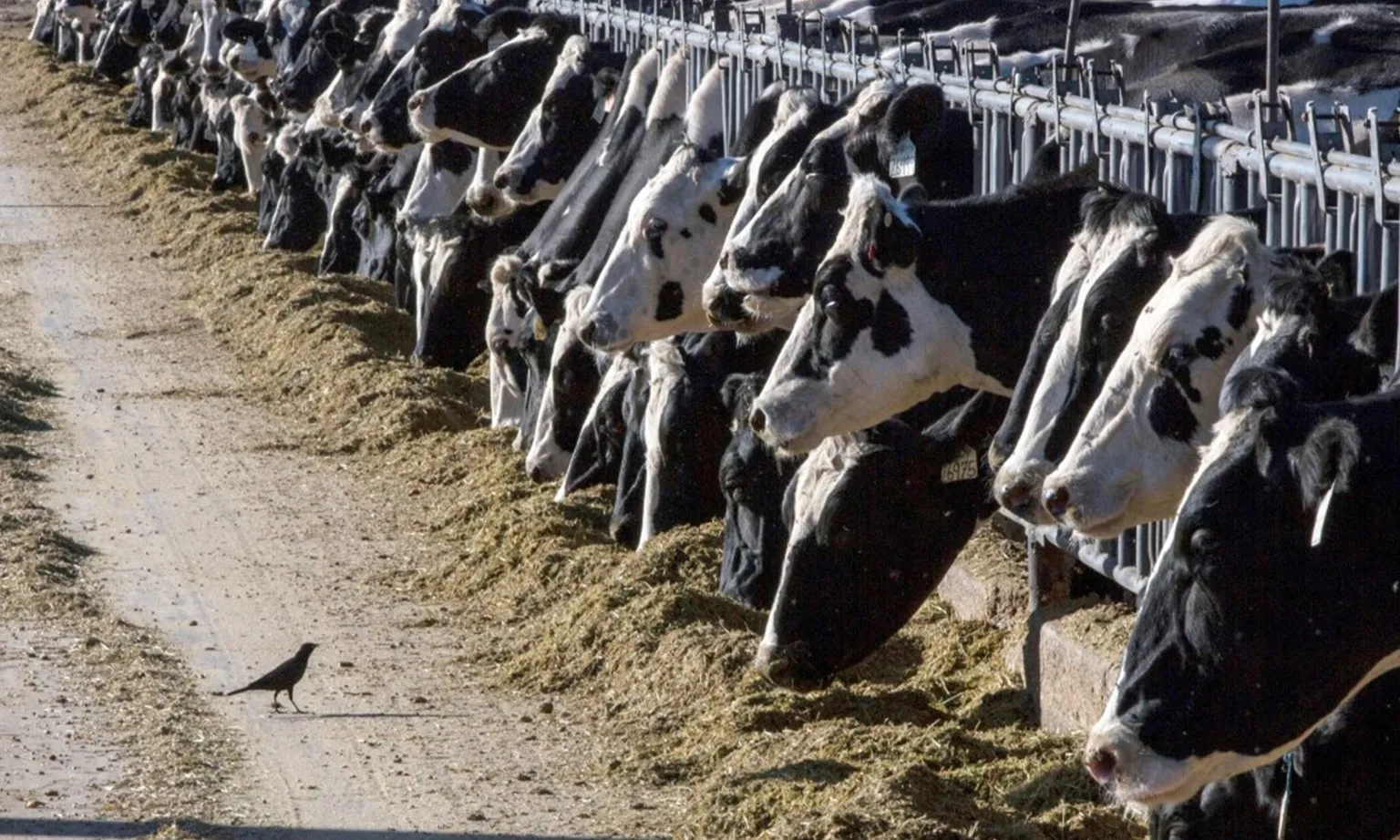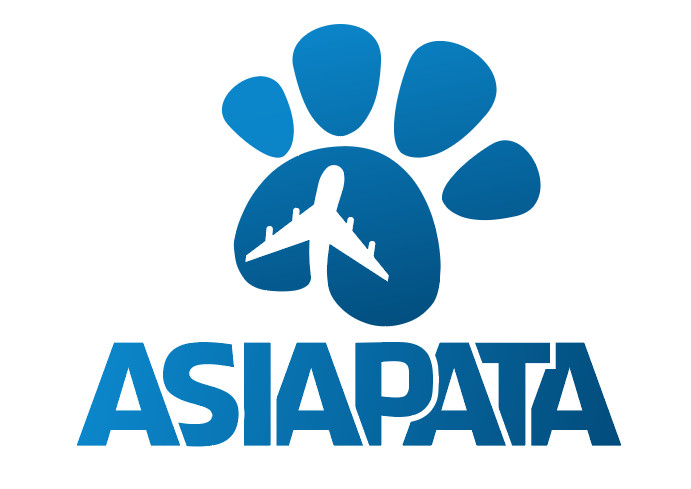Table of Contents
ToggleComprehensive Knowledge of Cattle Farming: A Beginner-Friendly Guide
Introduction
Cattle farming is a vital agricultural sector that provides meat, milk, and leather. Understanding proper breeding, feeding, healthcare, and management is essential for success. This guide simplifies the key aspects of cattle farming for beginners.
1. Choosing the Right Cattle Breed
Selecting the right breed depends on the farming purpose:
- Dairy Breeds: Holstein, Jersey, Guernsey
- Beef Breeds: Angus, Hereford, Charolais
- Dual-Purpose Breeds: Simmental, Brown Swiss
Factors to consider include climate adaptability, disease resistance, and productivity.

2. Cattle Housing and Farm Setup
A well-planned farm ensures better cattle health and productivity:
- Shelter: Protects from extreme weather
- Ventilation: Prevents respiratory diseases
- Clean Water Supply: Essential for hydration and digestion
- Waste Management: Reduces odor and disease risks
A spacious, clean, and comfortable environment promotes healthy cattle growth.

3. Feeding and Nutrition
Balanced nutrition is key to cattle health and productivity. The diet should include:
- Forage (Grass, Hay, Silage) – Main source of fiber
- Concentrates (Grains, Corn, Soybean Meal) – Provides energy
- Minerals & Vitamins – Essential for growth and immunity
- Water – Cattle require 30-50 liters per day
Feeding should be age-specific and adjusted based on the cattle’s purpose.
4. Breeding and Reproduction
Successful breeding improves herd quality and productivity. Common breeding methods include:
- Natural Breeding: Mating with bulls
- Artificial Insemination (AI): Using selected high-quality bull semen
- Embryo Transfer: Advanced method for superior genetics
Regular health check-ups and proper nutrition enhance fertility rates.

5. Disease Prevention and Healthcare
Maintaining cattle health reduces mortality and increases yield. Key practices include:
- Vaccination: Prevents common diseases like foot-and-mouth disease, brucellosis
- Deworming: Controls internal and external parasites
- Hygiene: Keeps barns and feeding areas clean
- Veterinary Check-ups: Early detection and treatment of diseases
Stress-free environments also contribute to disease prevention.

6. Cattle Management and Record-Keeping
Proper management improves farm efficiency. Important aspects include:
- Identification: Using ear tags or branding for tracking
- Growth Monitoring: Checking weight and health status regularly
- Breeding Records: Keeping track of reproductive cycles
- Financial Records: Managing expenses and profits
Using digital farm management tools can enhance efficiency.
7. Sustainable and Profitable Cattle Farming
To ensure long-term success, farmers should adopt sustainable practices:
- Rotational Grazing: Prevents overgrazing and improves pasture quality
- Manure Management: Converts waste into organic fertilizer
- Water Conservation: Uses efficient water supply systems
- Diversification: Expands into dairy products, meat processing, or agritourism
Investing in technology and education further boosts profitability.
Conclusion
Cattle farming requires proper planning, commitment, and continuous learning. By following best practices in breeding, feeding, healthcare, and management, farmers can achieve success while ensuring animal welfare. Whether for dairy, beef, or dual-purpose farming, understanding these fundamentals is key to a profitable and sustainable cattle business.
Would you like a more specific focus on any section?
